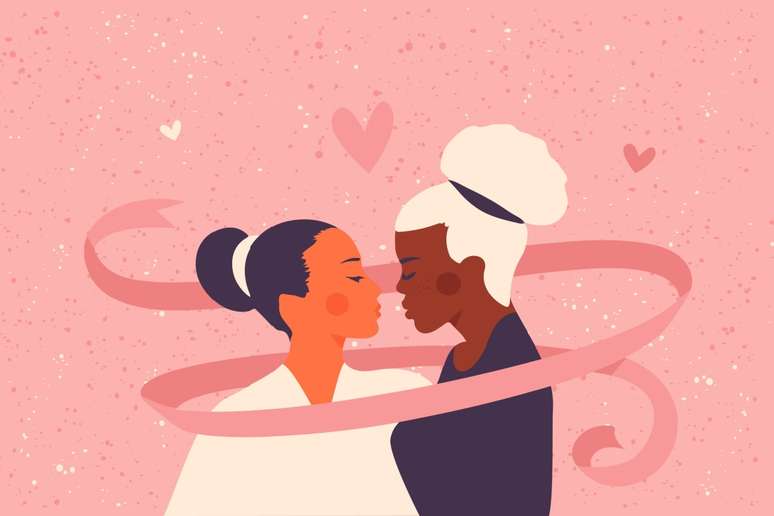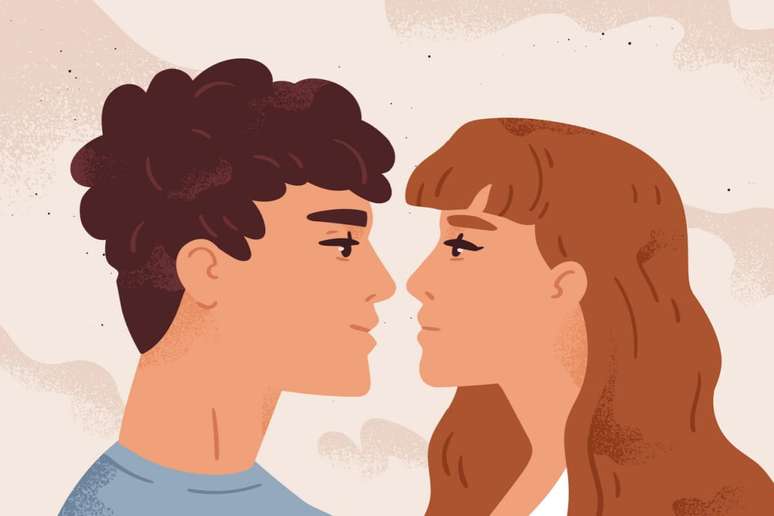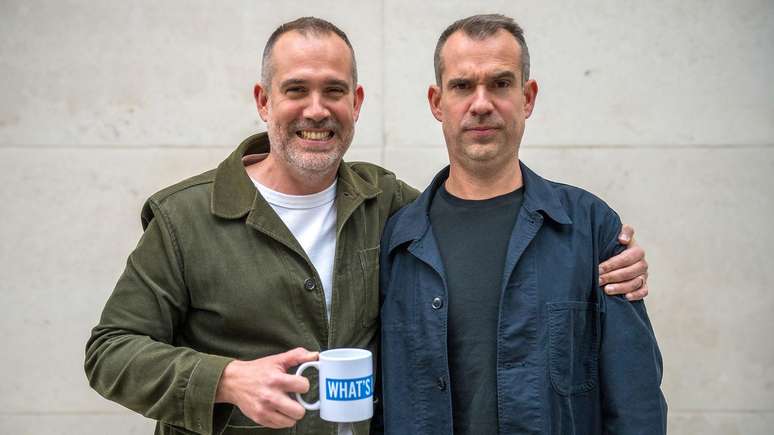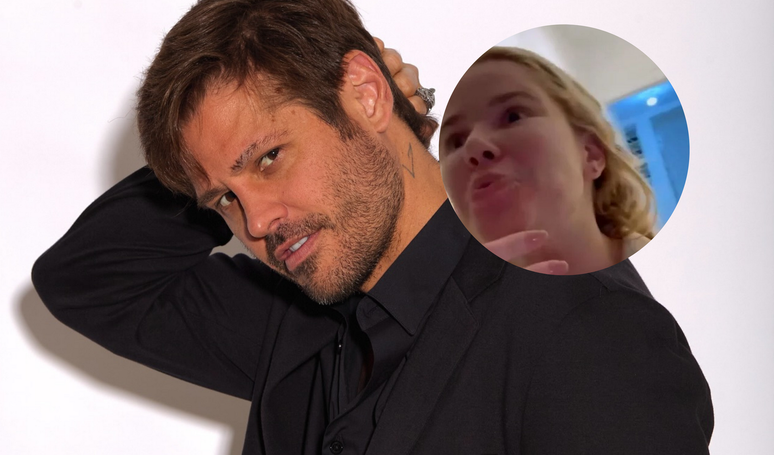The doctor explains how this way of showing affection affects different areas of the brain
April 13th is “Kiss Day,” a date that honors this way of showing affection. In this context, understanding how the brain processes the act of kissing means entering a fascinating territory where science and emotion are intertwined.
Neurosurgeon and neuroscientist, Dr. Fernando Gomes, states that the simple act of exchanging glances with someone who arouses physical and emotional attraction triggers an intricate neurological game, which culminates in the manifestation of the desire to kiss.
The images we see are analyzed by the occipital lobes and then transmitted to the limbic system, responsible for emotions. This flow of emotions shared between couples triggers changes in brain behavior, typical of men and women, which culminate in the harmony of mouth movements during kissing.
neurological kissing game
The doctor says that some areas of the brain must be “turned off” so that other areas can be activated in the instant before the kiss. “In particular, the amygdalae of the temporal lobes are ‘turned off’, the ‘defense’ center for flight or fight, and the pleasure centers are activated, such as the ventral tegmental area of the male brain”, specifies the expert author of book Neuroscience of love (Ed. Planeta/2017) which explores this topic in depth.
Especially in women, the left lateral orbitofrontal cortex, responsible for controlling basic desires, is also silent. And then they manage to let go of their modesty and simply let themselves be carried away by the exchange of sensations of the kiss.

Kissing process in the brain
A kiss is capable of silencing the brain’s amygdala, allowing people to get closer and increasing the perception of the partner’s presence. The lips and tongue have a large sensory representation in the cerebral cortex, compared to other parts of the body. Furthermore, kissing on the mouth is very well accepted socially as the first one intimate physical contact and, in that moment, pleasure is explored through contact between lips and tongue.
“The deep areas of the brain, such as the brainstem and the thalamus, are activated together with the parietal cortex and the insula and, during kissing, we move 34 facial muscles and activate, bilaterally, five of the 12 nerves of the head. Thus, During kiss, the brain associates the smell and taste of the other person’s mouth with other information, such as the sound of breathing and the sound of saliva sliding across the lips, as well as a lot of imagination about what might happen,” explains doctor.
Kissing differences between men and women
The kiss has already been the subject of a study carried out at Lafayette College, in the United States, by the psychologist Wendy L. Hill and one of her students, who together compared the levels of oxytocin (“love hormone”) and cortisol ( “stress hormone”).”) in 15 pairs of men and women while holding hands and talking and in the moments before and after a kiss.
“Unlike what was expected, the researchers observed that the level of oxytocin increased only in men. In women, there was a drop in this hormone after kissing and while talking while holding hands. The hypothesis put forward by the authors is that women probably need more than one kiss to feel connected to their partner,” says Dr. Fernando Gomes.
This means that, perhaps, they need a more romantic atmosphere, different from the one in which the kiss took place. However, levels of cortisol, a hormone that helps the body deal with stress, decreased in both sexes, proving that kissing can actually reduce stress.
By Mayra Barreto Cinel
Source: Terra
Ben Stock is a lifestyle journalist and author at Gossipify. He writes about topics such as health, wellness, travel, food and home decor. He provides practical advice and inspiration to improve well-being, keeps readers up to date with latest lifestyle news and trends, known for his engaging writing style, in-depth analysis and unique perspectives.









